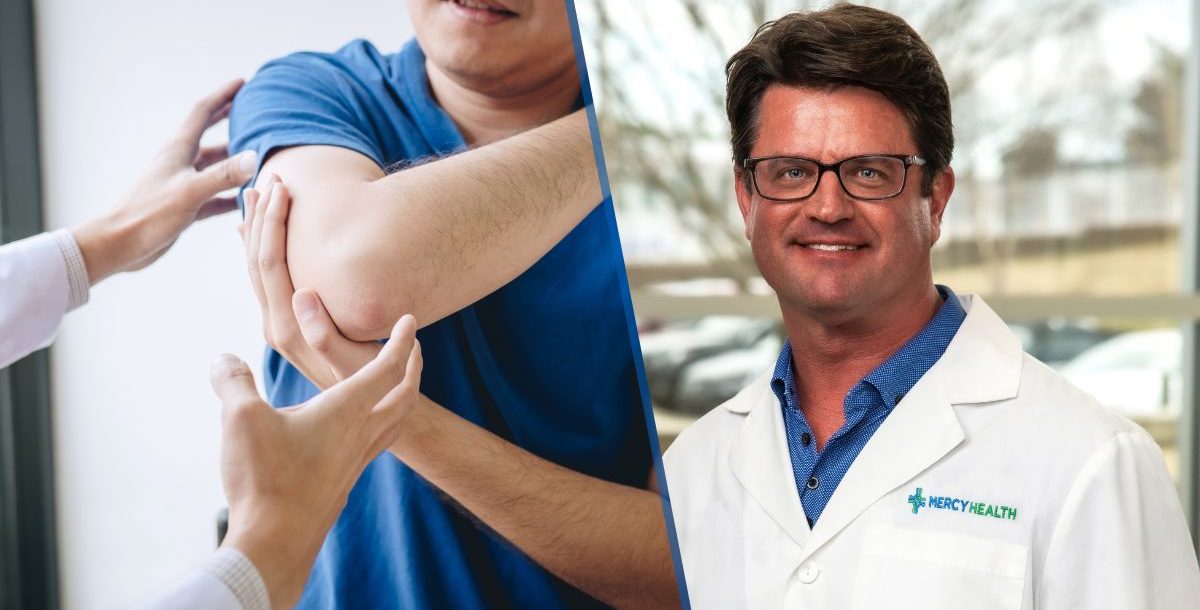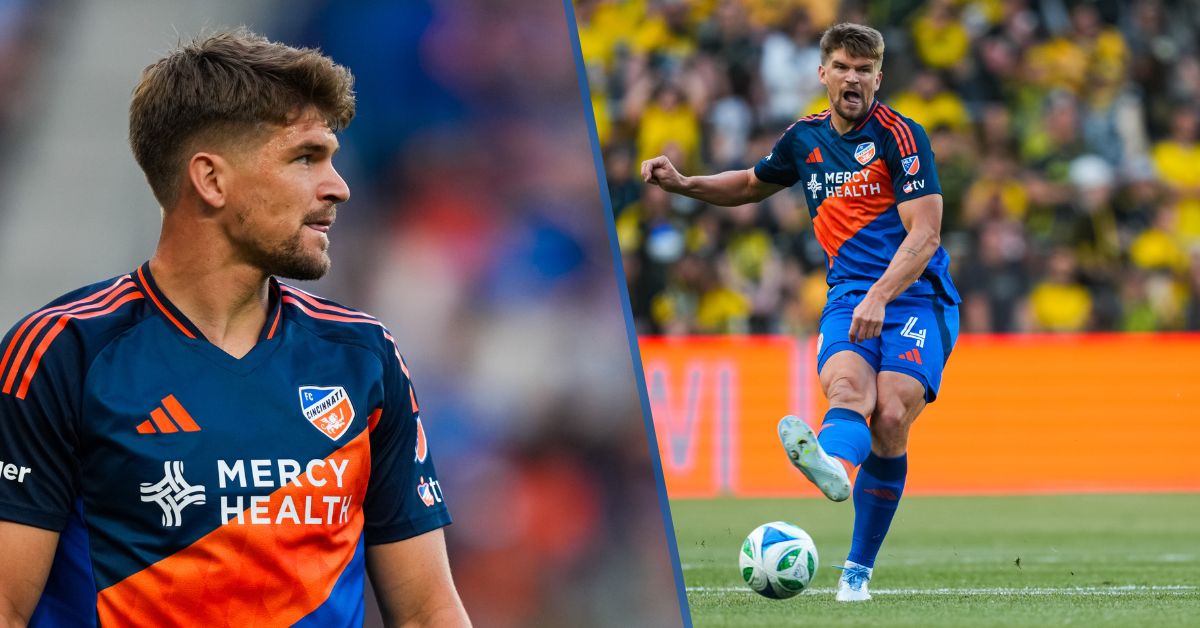The following piece was written by Brian Kern, MD, an orthopedic surgeon at Mercy Health – Western Kentucky Orthopedics.
Engaging in sports and physical activities inevitably comes with the risk of injuries. Ignoring such injuries can lead to chronic pain, decreased mobility and prolonged recovery times, so it’s important to know when to see a sports medicine doctor.
How do you know when to see a sports medicine doctor?
Possible fracture or torn ligament
Fractures and torn ligaments are serious injuries that typically require medical intervention to heal correctly. Signs of a fracture may include visible deformity, swelling and intense pain. You might hear a loud pop or crack at the moment of injury, followed by immediate and severe pain.
Torn ligaments often present similar symptoms, with an inability to move the affected joint or put weight on it. If you suspect you have a fracture or a torn ligament, it’s crucial to schedule an appointment with a sports medicine physician as soon as possible to prevent further damage and make sure it heals properly.
Persistent bruising
While bruises are generally harmless and heal on their own, persistent or worsening bruising could indicate a more serious issue. If an area of your body bruises and swells soon after an injury and is accompanied by numbness, increased pain or loss of function, you should seek medical attention.
A bruise that remains the same color and firmness for several days might be a hematoma, which is a collection of blood trapped under the skin due to significant trauma. Hematomas often require professional care to prevent complications and allow proper healing.
Inability to bear weight on a limb
Minor injuries like twisted ankles can often be managed with rest and home care. However, if you are unable to put weight on a limb after initially resting, it may indicate a more severe injury, such as a fracture, severe sprain or ligament tear.
Continuing to use an injured limb without proper diagnosis and treatment can lead to further injury and prolonged recovery. If resting for a short period does not alleviate the pain and you still can’t bear weight on the affected limb, it’s time to see a sports medicine doctor.
Unresolved pain after RICE treatment
The RICE method – rest, ice, compression and elevation – is a common first-aid treatment for minor injuries. Most minor sprains and strains should show significant improvement within a few days to a week when treated with RICE.
If your pain persists beyond a week despite following the RICE protocol, it may indicate a more serious injury. Chronic pain after RICE treatment suggests that the injury could involve more than just a minor sprain or strain, which would require a professional evaluation.
Worsening pain over time
Pain that progressively worsens instead of improves is a red flag. This could indicate complications such as infection, misalignment or improper healing. Persistent or escalating pain can interfere with daily activities and overall quality of life.
If your pain continues to increase over time and doesn’t respond to rest and over-the-counter pain medications, you should consult a sports medicine doctor. Early intervention can help address the underlying cause of the pain and prevent long-term damage.
How we can help
If you lead an active lifestyle, you’re bound to get injured at some point. Listening to your body and recognizing when to see a sports medicine doctor for an injury is crucial for maintaining long-term health and physical activity.
If you experience any of the symptoms mentioned above, don’t hesitate to schedule an appointment with a sports medicine doctor, who is a specialist in treating these types of injuries. Proper diagnosis and treatment are key to a swift and complete recovery, allowing you to get back to the activities you love with confidence.
Learn about the orthopedic and sports medicine services we offer at Mercy Health.






